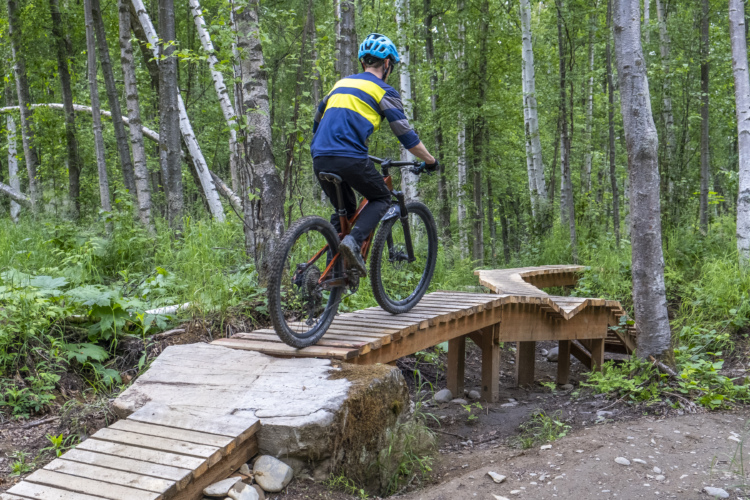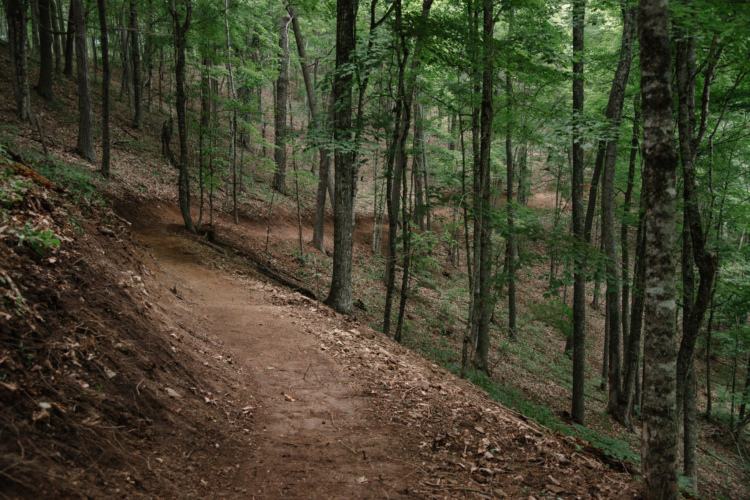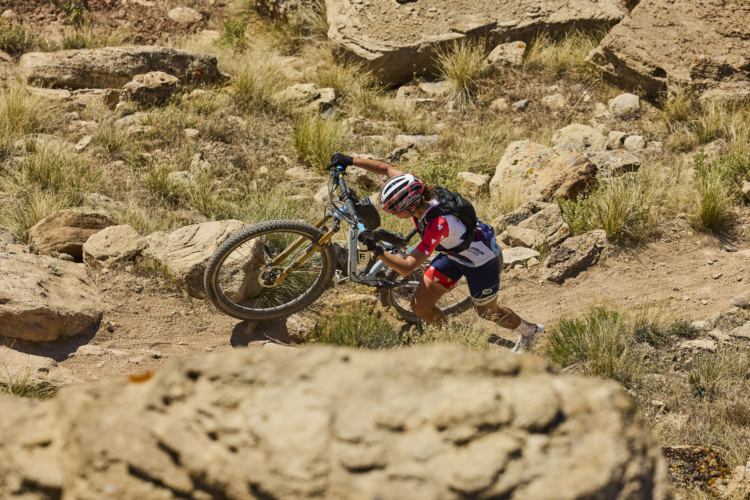
With this Quick Question series we will present fast fixes and collect comments from seasoned riders around specific D.I.Y. mountain bike repairs. While much of this trailside triage is covered in our repair articles and videos, this is a space for longtime riders and readers in the Singletracks community to share their knowledge. Please type your related experiences and advice in the comments below. Do you have a quick question? 🤔 Email [email protected].
This week’s reader query is fairly straightforward, though the answer is not. An anonymous reader asked, “how do I know when to change my mountain bike tires?” Depending on where you live and what tread you prefer, quality tires can cost as much as $100. In addition to the expense, nobody wants to be wasteful with their bike purchases. Please let us know what the tire wear limit is for your riding style, tread, trails, and budget.
The simplest way to think about swapping tires is to change them out once they offer less traction than you want. In a recent video about Cushcore installation tips, EWS racer Jesse Melamed talks about how he likes to keep relatively sharp tread on the bike because riding with less grip forces him to ride slower, and the transition back to speed with new tires takes time. He can consistently train faster with fresher rubber, and that high-speed training is worth the work. Alternatively, Josh “Ratboy” Bryceland was known for racing multiple enduro weekends on the same tires, often rolling to the start line with a rear tire that looked like a shark gnawed at it for sustenance. When asked about it Ratboy said something about how it rolls faster and suits his loose style.
We asked Canyon gravity team manager Fabien Barel when he recommends changing tires, and he said “it largely depends on your budget.” Barel worked with Michelin for six years, refining their gravity range, and he recently partnered with Pirelli to develop a new downhill race tread. He recommends swapping the front tire to the rear once the center tread has worn down by 20-30%, and replacing the rear tire once that central tread is 50% cooked.

If there are no sidewall tears in your tires, they hold air, the rubber is not cracked or dry rotted, and none of the threads are showing, the expiration date is entirely up to personal preference. If you’re lucky enough to get along with the same tread pattern front and rear you can potentially save some cash by only replacing the front tire when it’s time, mounting the worn front tread on the rear wheel. This gives you maximum grip where you need it with a little less rolling resistance at the rudder end. Of course, it can also save a pocket full of cash that you can use for other things.
Some XC-style tires that work well front and rear are the Schwalbe Racing Ralph, Maxxis Ikon, a Kenda Booster, and the Continental Cross King. Down the gravity track, a Maxxis Assegai, DHF, DHR, Shorty, or Dissector can work well on both wheels depending on how loose your local trails are, and the same is possible with a Schwalbe Magic Mary and Big Betty. A Kenda Pinner also rolls well front and rear on hard-packed gravity tracks, and Onza’s Porcupine RC will work better at both ends for muddy conditions.
If you know of good resources for recycling tires in your area please share them with us below.









